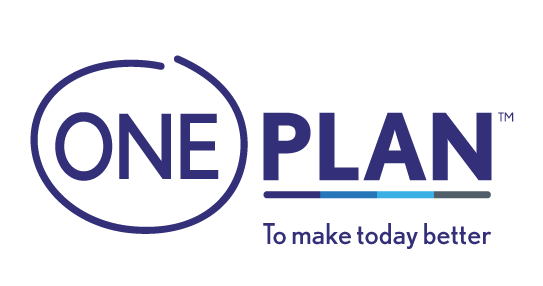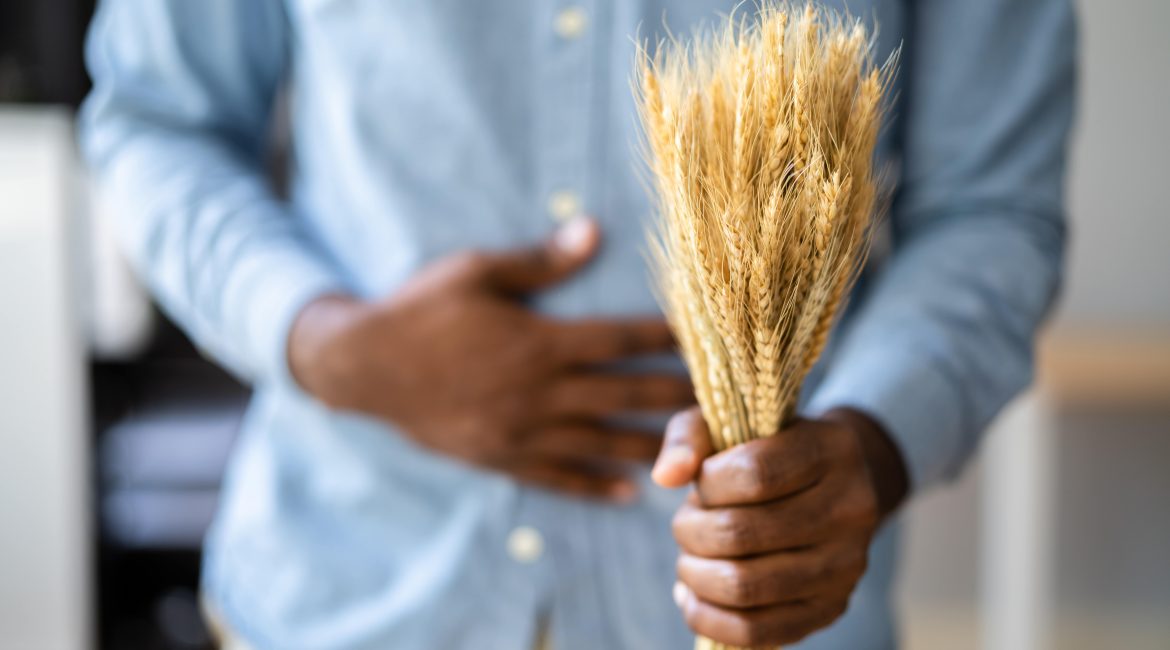If you have ever eaten bread, cereal, a slice of pizza or a piece of cake, then you have eaten gluten. For some, living gluten-free isn’t just a diet or a fad; it’s a serious and incurable disease called Celiac Disease. We decided to do a little digging into this disease and find out what it is all about.
You may have seen all the “gluten-free” food options at shops and restaurants as the concept of going gluten-free continues to gain traction. But what is gluten all about? Is it really that bad for you? And are there really people who cannot eat gluten because of a serious disease? We break down the facts.
Related: The facts you need on Irritable Bowel Syndrome (IBS)
What is gluten?
Gluten is a protein found in wheat, barley and rye. These are grains that are found in foods we eat on a daily basis. Most of us can eat gluten without experiencing any issues. And some of us try to eliminate gluten from our diets for various health reasons.
But for others, eating gluten causes a horrible reaction in their digestive system that can affect their quality of life significantly. Someone who has this issue suffers from celiac (SEE-lee-ak) disease.
Why do people go gluten-free?
Some people decide to cut gluten from their diet because it either makes them feel bloated or their bodies might have a little trouble digesting it properly. Some eating plans and diets suggest cutting gluten from your meals to try and lose weight and avoid any stomach issues such as cramps and bloating.
But only a select group of people have Celiac Disease. Others make a lifestyle choice to avoid the protein based on their own personal preferences or less severe symptoms.
What happens if someone has celiac disease?
The food you eat moves through your digestive system in order to be processed and converted into energy to function. An essential element in your digestive system is your small intestine. This intestine is lined with small, finger-like structures that help to absorb the nutrients from food.
If someone has celiac disease, when they eat something with gluten, like a piece of bread, then this causes a negative reaction in their immune system. Your immune system stops you from getting sick and is your body’s natural system of defence against invading substances like germs.
However, in cases of celiac disease, the body recognises gluten as a threat and damages and destroys the villi. If you do not have villi, then your body cannot absorb the nutrients from the food you eat. Without these vital nutrients, your body has a hard time absorbing and digesting food properly.
What are the symptoms of celiac disease?
Here are some of the common symptoms associated with celiac disease:
- Digestive issues – diarrhoea, bloating, gas, vomiting, nausea, cramps
- Joint and bone pain
- Fatigue and weakness
- Fluid retention
- Persistent hunger
- Malnutrition
- Tooth discolouration and mouth sores
- Headaches
- Blood in urine or stools
- Nerve damage which leads to tingling in feet and legs
The symptoms will depend on the amount of gluten consumed, the age that the person started eating gluten and the level of damage to the small intestine.
How is celiac disease treated?
The only way to effectively treat celiac disease is to avoid gluten foods entirely. This is often difficult because gluten is present in a number of foods we eat. If you follow a gluten-free diet, this will allow the small intestine to repair and heal itself.
But this does not mean you can start eating gluten again, if your doctor diagnoses you with celiac disease, then you need to avoid it for the rest of your life. You need to make sure you read the labels of ALL foods as some food contains gluten without you even knowing it.
Did you know that even lunch meats, powdered soups and instant hot chocolate all contain gluten? If you have celiac disease, you need to be so careful about what you eat to avoid any damage to the small intestine.
Read this: 5 Brain Boosting Foods to Fuel Your Busy Days
Is wheat-free the same as gluten-free?
There is a common misconception that wheat-free foods are gluten-free too. But this label simply means the item of food does not contain wheat, this does not mean it does not contain rye or barley, which are both gluten-containing grains.
What foods contain gluten?
- Beer
- Bread (all foods made with flour)
- Cake
- Cookies
- Pasta
- Crackers
- Cereals
- Canned soups
- Mustard
- Salad dressing
- Soy sauce
- Seasonings
- Candy bars
- Processed and canned meat and sausages
Foods that are safe to eat
- Corn
- Millet
- Rice
- Quinoa
- Buckwheat
- Potatoes
- Bread labelled gluten-free
Discover: Why you need carbohydrates in your diet!
For those who have celiac disease, there are a number of fantastic gluten-free options for bread, cereals and more. Which makes life a whole lot easier. If you are eating out, make sure you ask the waiter to ensure that no soy sauce or dressings in your food are made with gluten.
If you think you might have celiac disease, it’s best to get tested by your doctor (health insurance can help with those expensive blood tests) to confirm the diagnosis, and to ensure there are no other underlying issues that may be causing your symptoms.
Your Health Insurance Family,
Oneplan




